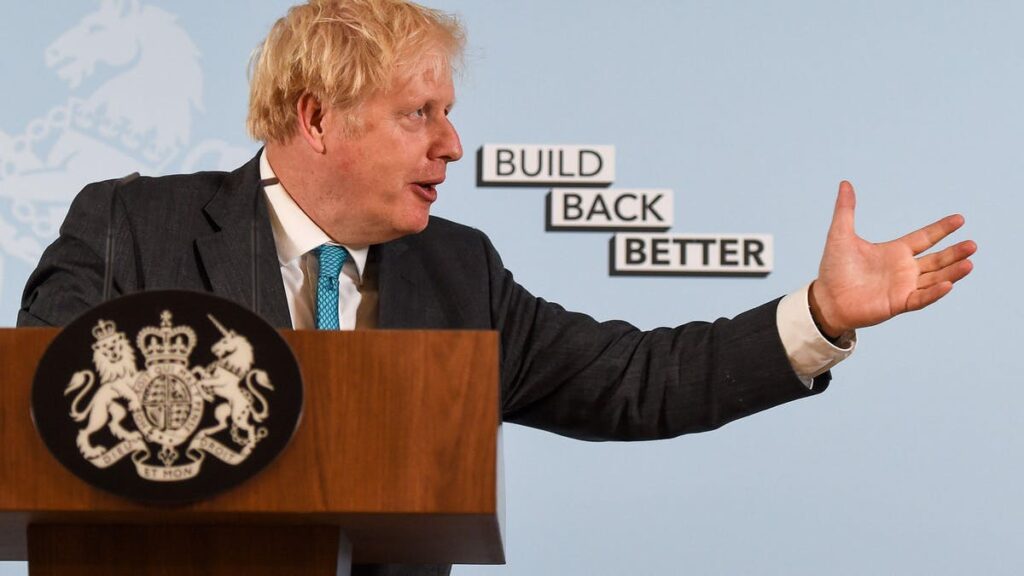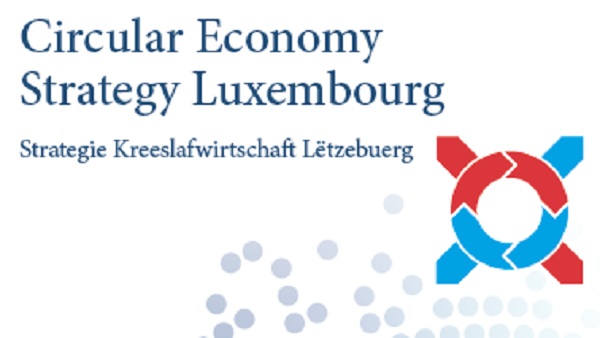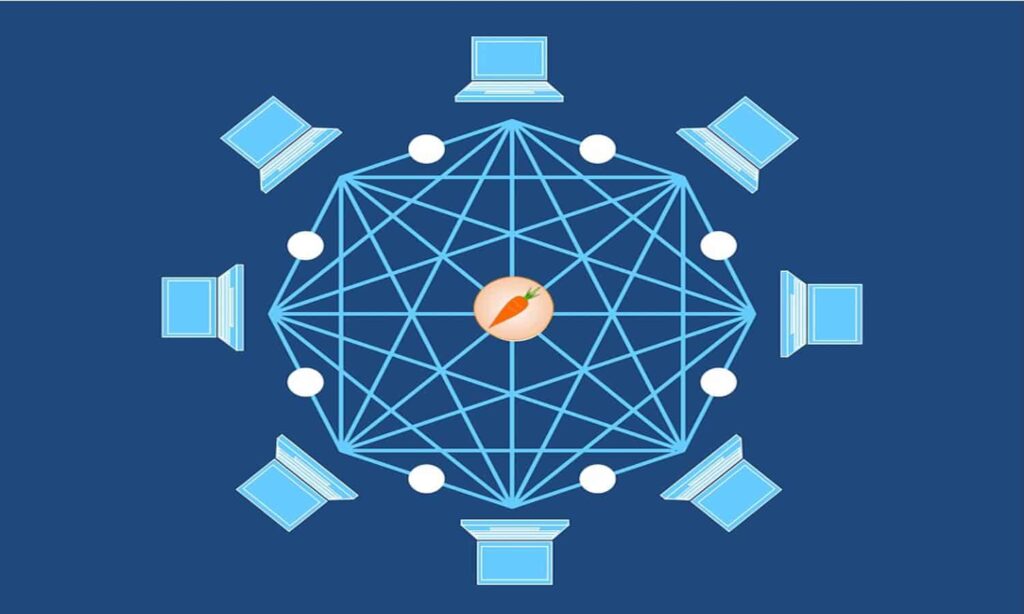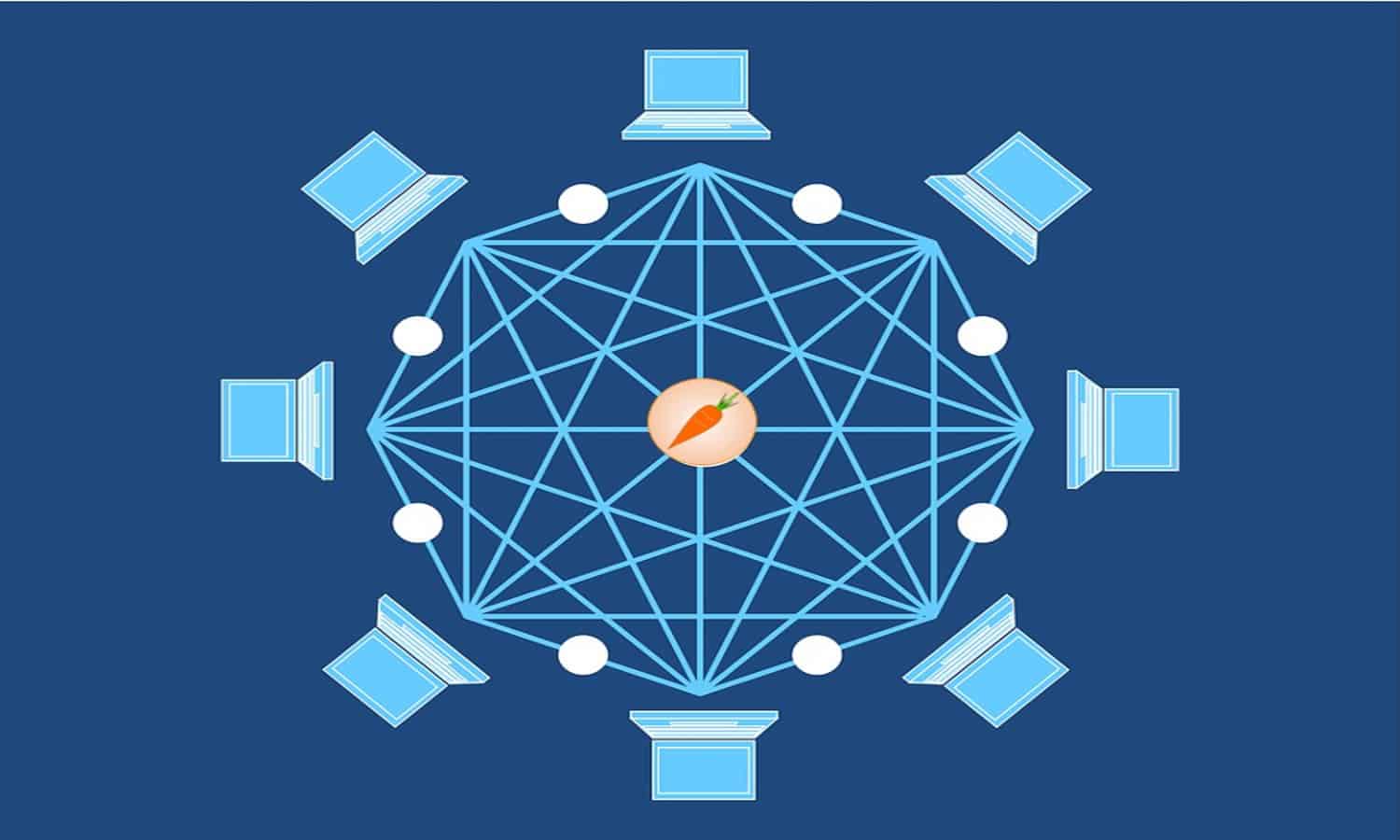After the World Health Organisation (WHO) declared a novel coronavirus, ‘Covid-19’, a pandemic on the 11th of March 2020, a sprawling path of destruction soon followed. Government-imposed mandatory lockdowns restricting the movement of millions to isolate and limit cases ultimately saving the lives of many but concurrently gave rise to a severe increase in poor, unemployed and food-insecure people, exposing the vulnerabilities of global systems, disrupting global supply chains and the core sustaining pillars of modern world economies, causing the global economy to contract at a rate not seen since World War II (FAO, 2021).
In addition to highlighting the weaknesses of healthcare systems globally, the early stages of the pandemic revealed the brittleness of many global supply chains, not limited to but illustrated by limited medical equipment and the now humorous toilet paper availability issues. To lessen the blows of unprecedented times, governments provided brown stimulus packages as part of their “rescue” phase to keep people employed and businesses afloat.
Despite the misconception that nature was ‘healing’ during the initial stages of the pandemic, it has since been estimated that these packages were distributed to 30% of globally important environmental areas but none prioritised a green recovery, instead opting to boost employment and growth (Troȅng, Barbier and Echandi, 2020).
This bares a similarity to the beginnings of the 2008 financial crisis which spurred a carbon-based post-crisis recovery. This may seem very doom and gloom, however, the pandemic offers a major opportunity to shape climate-friendly and equitable recovery packages that can both boost short-term job creation and generate long-term sustainability benefits to address the global systemic risks of our current linear economies and climate change.


A viable solution that was mentioned as part of the EU’s European Green Deal, more specifically the Circular Economy Action Plan, prior to the pandemic, and highlighted since as a key factor for building back better, is the adoption of circular economy principles – an industrial economic model that decouples economic growth from resource consumption, waste management and wealth creation.
Interestingly, a shift towards a circular economy allows us to envision a world without waste, shortened resource supply loops, localised supply chains, and job creation while simultaneously acting as a disaster resilience mechanism but it is unlikely that this shift would have occurred under normal circumstances (Ellen MacArthur, 2020).
The challenges of the Covid-19 crisis on global supply chains were endless; shortages of goods, farmers burning crops due to mobility or demand issues, inability to source products in a face-to-face transaction structure, a mismatch between sizes and quantities of products available in comparison to what is needed, the delayed delivery of in-demand goods that were needed to facilitate a new way of working and living. It is evident our current linear economies and overreliance on vast, international supply chains wreak havoc when faced with a crisis, but what can we learn going forward to future pandemics or climate crises?
While there have been some efforts to promote a green recovery by offering conditional loans and green recoveries that could boost economic activity and enhance well-being for all, widespread uptake is still partly hindered by the fears of new variants and their economic repercussions. Unfortunately for those that have perhaps missed the opportunity to create greener economies through the prioritisation of green stimulus packages, a recent analysis by the European Central Bank, World Bank, and OECD, illustrated that ‘greener’ economies with less carbon-intensive activities are better placed for a faster recovery (European Central Bank, 2020). Therefore, it is imperative that for long-term recovery government ambitions and actions not only focus on economic stability but on a wider economic reform that is more resilient, equitable and environmentally sound.
Luxembourg set ambitious circular economy policies after the onset of the pandemic to both act as a tool to achieve the key UN Sustainable Development Goals and as part of their attempt to build back better. Under the government initiative “Neistart Lëtzebuerg”, subsidies are provided on the basis that companies that have suffered the impact of the Covid-19 crisis will carry out economic development, digitalisation or environmental protection projects. Interestingly, investment aid for development projects can cover up to 30% of the project but can be increased by an additional 20% if projects are in the circular economy (LetsGoCircular, 2020).
Spain’s emphasis on green investments in their draft national recovery plans is quite extraordinary. Of the €72 billion promised over the next 3 years to recover from the aftermath of the Covid-19 crisis, 37% will be spent on the green and ecological transition to include schemes aimed at increasing renewable power, promoting electromobility, and enhancing the energy efficiency of homes as part of a circular economy (Politico, 2020).

However, it must be noted that circular economy ideals are not complete strangers to the ongoing Covid-19 crisis. Possibly unbeknownst to agile business owners that altered their goods or services during the early stages of the pandemic, they were applying circular economy by upcycling and recycling to deter Covid-19. Breweries began producing disinfectants from residual products, individuals made face masks from textile leftovers to create an income stream or to gift to those working on the front-line during the PPE availability crisis, door-to-door refill services for dried food and cleaning products rose in popularity as well as the redistribution of clothing materials using online services like Depop as it provided activity and an income for individuals at home during lockdowns.
Nonetheless, the real potential in using circular economy to build back better may however lie in its combined use with blockchain technology – a decentralised, distributed ledger that records the provenance of a digital asset. Blockchain technology can increase supply chain visibility and transactional efficiency which are vital considerations for taking precautions and action when faced with a disruption or crisis and increasing trust and resilience within a system (Nandi, 2021).
For example, taking the issues of food safety and waste, both relating to SDG 2 Zero Hunger, and both heightened concerns during the pandemic; by using a blockchain technology- enabled circular economy platform for enabling better traceability of food products before and after purchase (1) customers at the consumer level can access the origin of the product, the farming technique used, nutritional content and environmental impact which could increase the demand for regenerative farming methods that are in line with circular economy and (2) retailers/farmers can track and trace the flow of products throughout the production line to capture, redistribute and valorise surplus food and inedible by-products will become increasingly central in easing the environmental strain of our food systems (Ellen MacArthur Foundation. 2019).

In conclusion, despite some awareness of the benefits of incorporating circular economy into recovery packages to promote the establishment of green, resilient economies to best protect societies from future economic, health and environmental crises, it would be a stretch to say that the opportunity was fully seized. Some would be inclined to believe that the pandemic, thanks to its ever-evolving variants and strains, is perhaps lingering for longer than originally thought which is obviously a negative in some factors but it also prolongs the time in which businesses and governments can avail of this opportunity to build back better. Therefore, there is hope but this portal to a greener world is slowly closing.
References:
Ellen MacArthur Foundation. 2019. Cities and circular economy for food.
Ellen MacArthur Foundation. 2020. The circular economy: a transformative Covid-19 recovery strategy
European Central Bank, 2020. When markets fall- the need for collective action in tackling climate change – Isabel Schnabel, member of the ECB Executive Board
FAO. 2021. COVID-19 building back greener and more resilient: Contributions of agroecology to a “new normal” in Asia and the Pacific. Bangkok.
LetsGoCircular, 2020. Sustainable development. [online] Economie-circulaire.public.lu. Available at:<https://economie-circulaire.public.lu/en/circular-economy/sustainable-development.html> [Accessed 2 January 2022].
Nandi, S., Sarkis, J., Hervani, A.A. and Helms, M.M., 2021. Redesigning supply chains using blockchain-enabled circular economy and COVID-19 experiences. Sustainable Production and Consumption, 27, pp.10-22.
Politico, 2020. Spain’s Sánchez presents national recovery plan
Troȅng, S., Barbier, E. and Echandi, C., 2020. COVID-19 is not a break for nature – let’s make sure there is one after the crisis. [online] World Economic Forum. Available at: <https://www.weforum.org/agenda/2020/05/covid-19-coronavirus-pandemic-nature-environme
